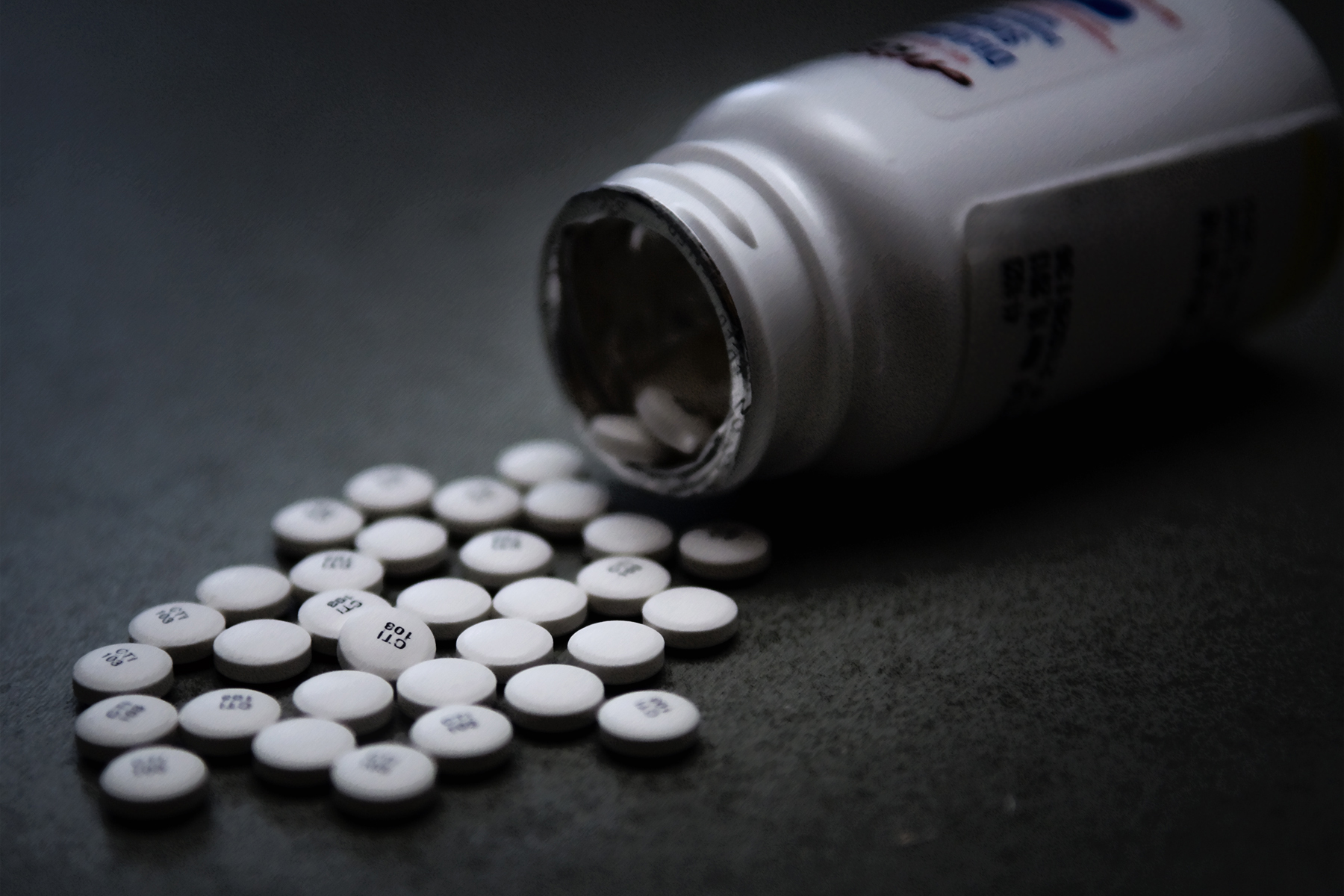
A Vancouver-based technology co-operative called Brave Technology is developing a mobile app that aims to help prevent drug users from overdosing.
The app, called ‘Be Safe,’ will connect users with trained volunteer-responders before they taking drugs. These responders would be ready to take action with overdose-reversing medication naloxone or call an ambulance. Responders would also ask the user a series of questions, including what type of drug(s) they may be taking, as well as offer information on clean needles, referrals and more.
Brave Technology COO Oona Krieg told The Canadian Press that the co-op made the app in response to a significant number of drug users who overdose alone.
She noted that according to the British Columbia Coroners Service, 88 percent of the 878 overdose deaths between January and July took place indoors, among people who used alone or with someone unable to call 911. Be Safe has been in development for a year now, with an additional phase of testing scheduled for October.
Brave Technology is developing these apps as part of the Ohio Opioid Technology Challenge, in which it is the only Canadian participant. As part of the challenge, 12 groups have been awarded $100,000 to create technological solutions to combat the opioid overdose crisis. The winner of the challenge will receive a $1-million grant for further tech development.
Outside of the mobile apps, Brave Technology is working on an assistive internet-enabled “button” that will be installed in rooms of supported housing complexes. The idea is to present a quick and easy method for users to connect with trained staff within a building. Brave Technology has been conducting pilot projects in the Downtown Eastside of Vancouver, with additional tests set to take place in the city later this year.
Finally, Brave Technology is prototyping a device called Odetect, which is about a year from development. The concept behind the Odetect is to offer a wearable device (like a nose ring) that could measure respiration and oxygen levels. This information would be transmitted to responders who could react accordingly if the patient’s vitals fall too low.
Image credit: Air Force Medicine
Source: The Canadian Press
MobileSyrup may earn a commission from purchases made via our links, which helps fund the journalism we provide free on our website. These links do not influence our editorial content. Support us here.


